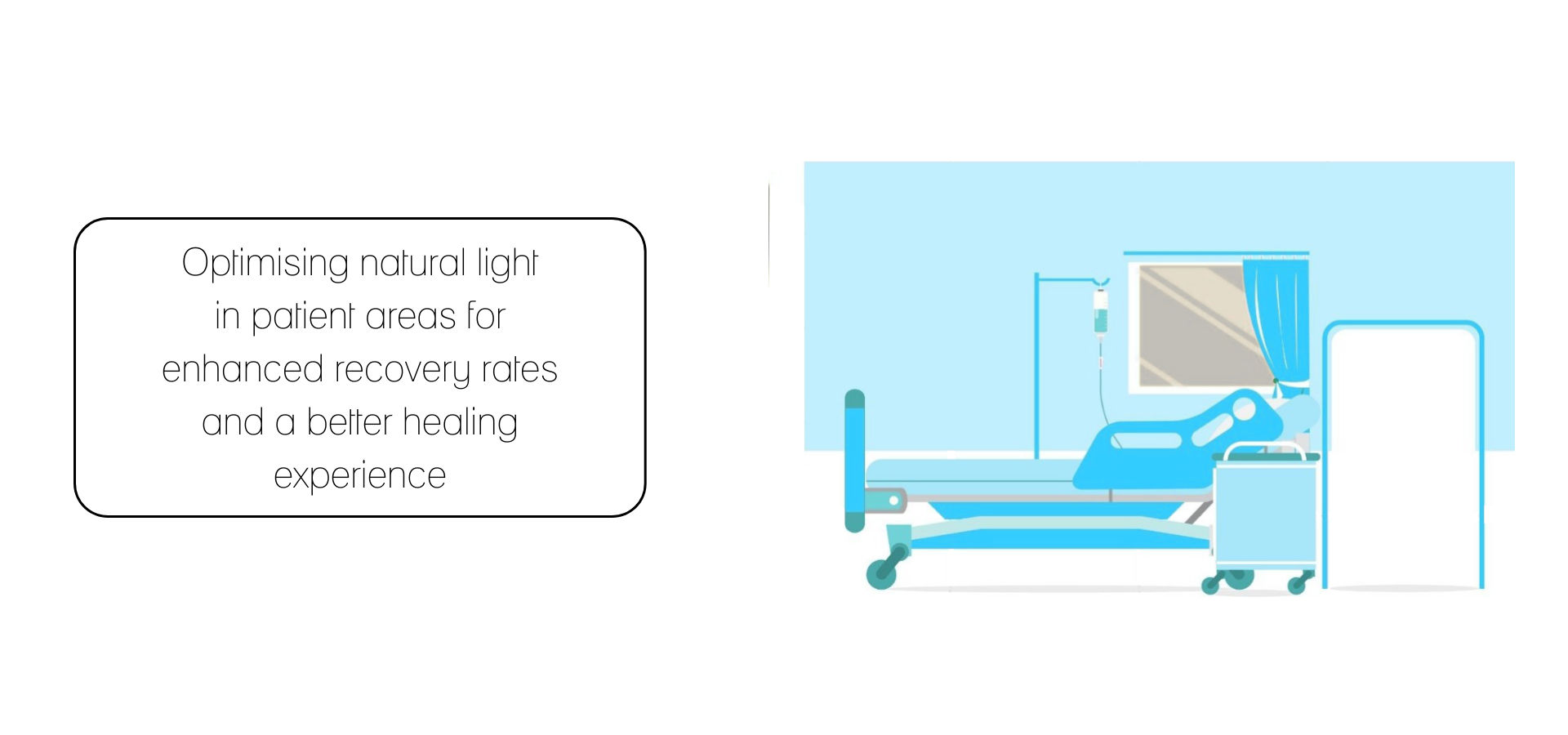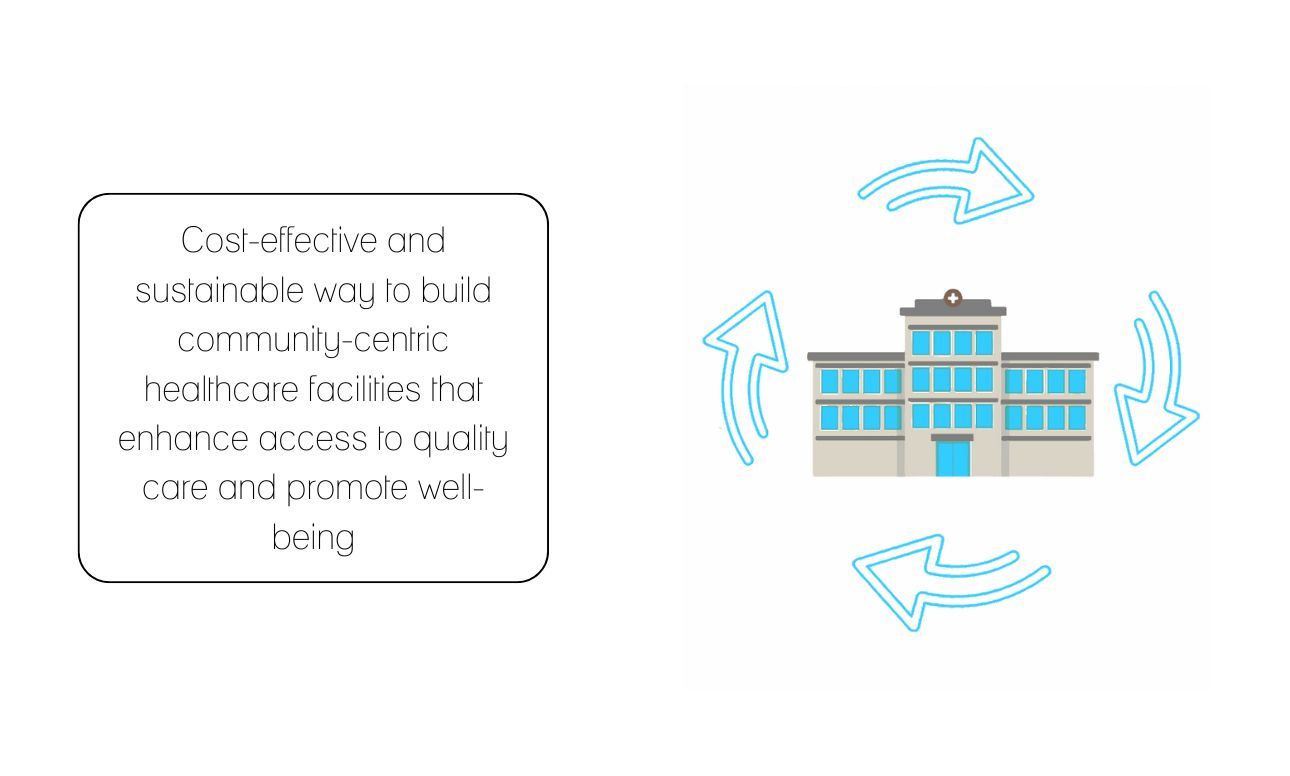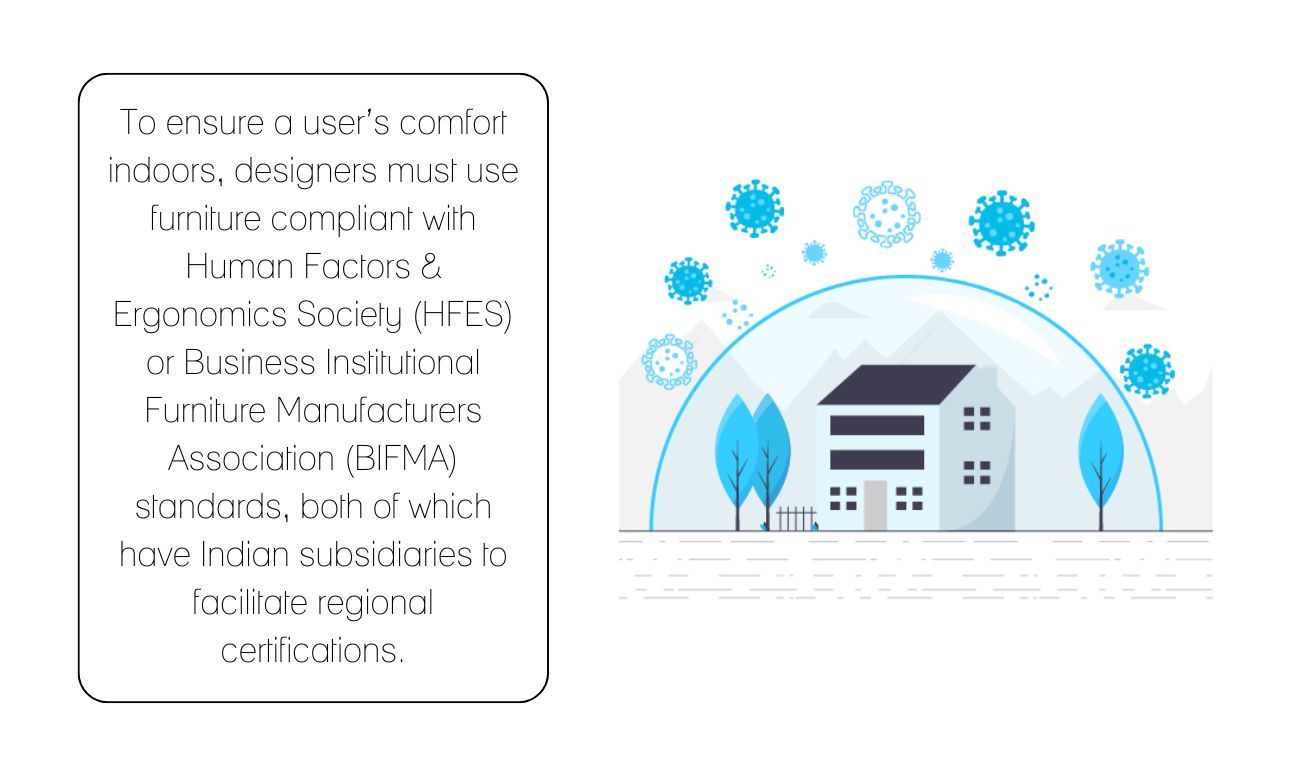

17-05-2023
Designing Hospitals with Natural Light Ravideep Singh

Enhancing Patient Recovery and Hospital Stay
Natural light is an essential aspect to be considered while designing environments for human health and well-being. Exposure to natural light has been shown to have numerous positive effects on our health and well-being, such as improving mood, regulating sleep, and reducing stress. Additionally, natural light also promotes vitamin D synthesis, leading to better calcium absorption, hence stronger bones and increased immunity. While research in this area is ongoing in the West, the importance of natural light in healing has long been recognized in traditional Indian medicine.
In healthcare settings, the use of natural light is crucial for promoting patient recovery and reducing the length of hospital stay. This article explores the importance of natural light in healthcare settings and discusses various strategies for incorporating natural light in hospital design.
Why Natural Light is Important in Healthcare Settings
Research in the field of evidence-based design (EBD) has shown that exposure to natural light has a significant impact on patient recovery and overall well-being. Studies have found that patients in rooms with natural light experience less pain, require fewer pain medications, and have shorter hospital stays compared to patients in rooms without natural light. Additionally, exposure to natural light can improve the circadian rhythm and regulate sleep-wake cycles, which is particularly important for patients who spend extended periods in hospitals.
Incorporating Natural Light in Hospitals:
At CDA, we incorporate natural light into hospitals, utilizing various strategies to achieve enhanced healing and recovery. Some ways in which light can be incorporated using in different settings are as follows:
-
Large Windows: Large windows are a simple and effective way to bring natural light into hospital rooms. Incorporating floor-to-ceiling windows with unobstructed views can significantly improve patient well-being and recovery. Striking a golden mean is a pure rationale of carefully understanding the space, end-user dynamics and strategically employing the best available technology. A holistic design approach towards patient areas and the building envelope helps to ensure natural light and identify the zones of minimal heat gain for better orientation. Further, the fenestrations must be designed and detailed to keep away glare via horizontal and vertical shading devices, surface treatments such as ceramic frit, etc. Our design for Rama Hospital in Noida fosters healing by allowing natural light and picturesque views of the city from all patient rooms.
-
Terraces and Gardens: Rooftop gardens and landscaped terraces can provide patients with access to natural light while also offering a peaceful and calming environment. For instance, at the Max Nirogi Hospital in Patparganj, the elevated landscaped gardens create a safe, accessible space for patients and relatives to exemplify the visual and physical access to natural light. For hospitals that are located in dense, urban settings, creating terraces can be a helpful strategy in bringing natural light indoors.
-
Courtyards: Courtyards and atriums can bring in ample amount of natural light, especially into the common areas in a hospital. For example, at the Ramakrishna Care Hoospital in Raipur, we have incorporated a vast central courtyard that functions as a crucial respite space for patients, relatives and caregivers, minimising stress and promoting well-being.
-
Mitigating Heat and Glare: Incorporating natural light into healthcare design requires balancing competing factors such as heat gain and glare. Innovations in material science have led to the development of glazing systems that maintain visible light transmittance while mitigating heat gain. New glazing systems are available today that can achieve high levels of heat insulation via double- or even triple-glazed units whilst maintaining a VLT (visible light transmittance) in the range of 40-50%, which helps in penetration of usable daylight while circumventing heat gain and glare.
The materials used in hospital design can also impact the amount and quality of natural light in patient rooms. Using light-coloured flooring, walls, and ceilings can help reflect and amplify natural light, creating a brighter and more inviting space like in case of SRCC Hospital at Mahatma Gandhi Medical Campus, Jaipur or Brightstar Healthcare, Moradabad, Uttar Pradesh.
Incorporating natural light in hospital design is crucial for promoting patient recovery and reducing the length of hospital stay. Strategies such as large windows, landscaped gardens, central courtyards, and materials can all contribute to creating a healthcare environment that promotes healing and well-being. By prioritizing natural light in hospital design, healthcare providers can enhance the patient experience and create a more positive and healing environment. A holistic design approach centred around user experience, along with the strategic use of technology, can optimise natural light in patient areas while minimizing heat gain and glare. CDA is optimistic about the future of healthcare design, with natural light and cutting-edge technology at the forefront of innovation.











